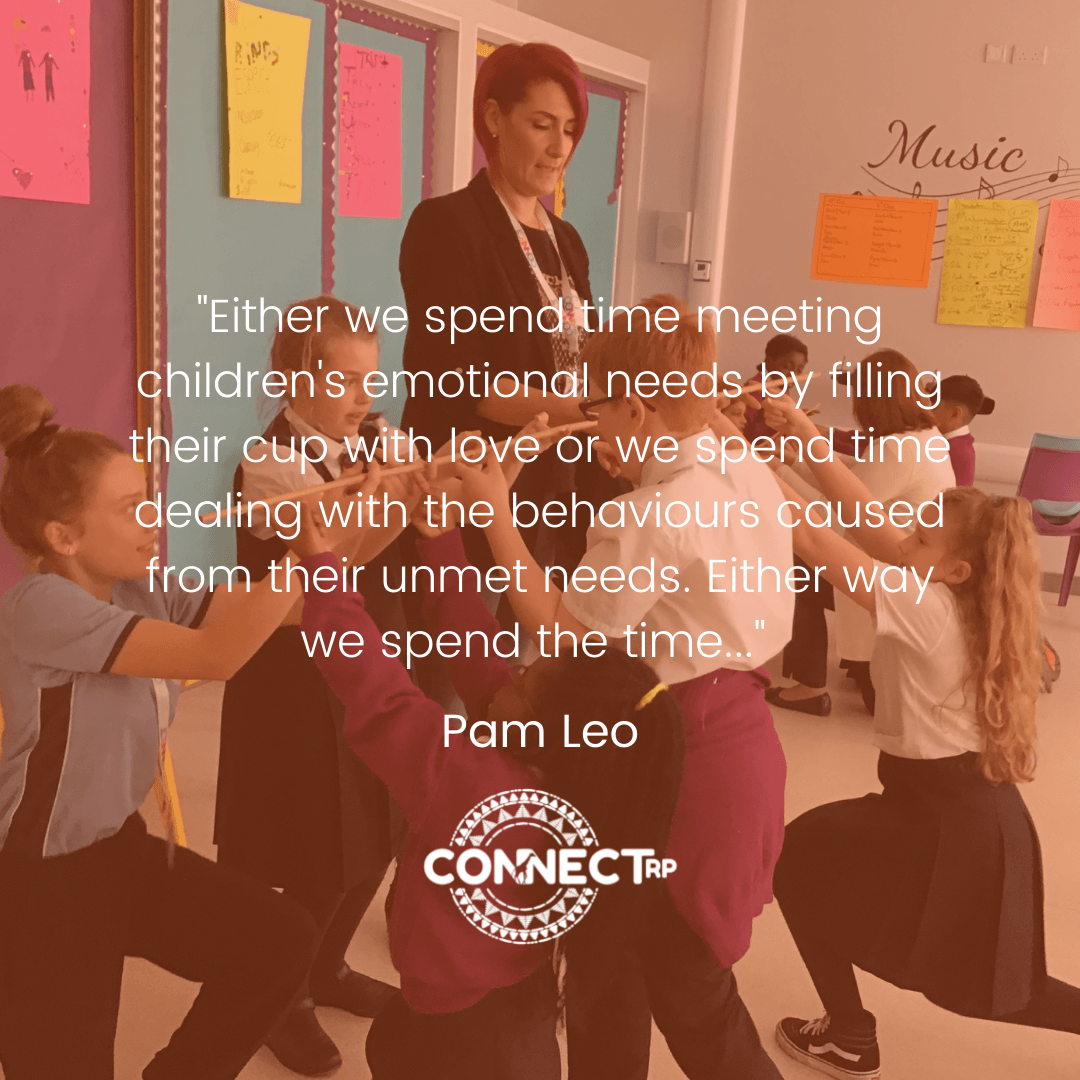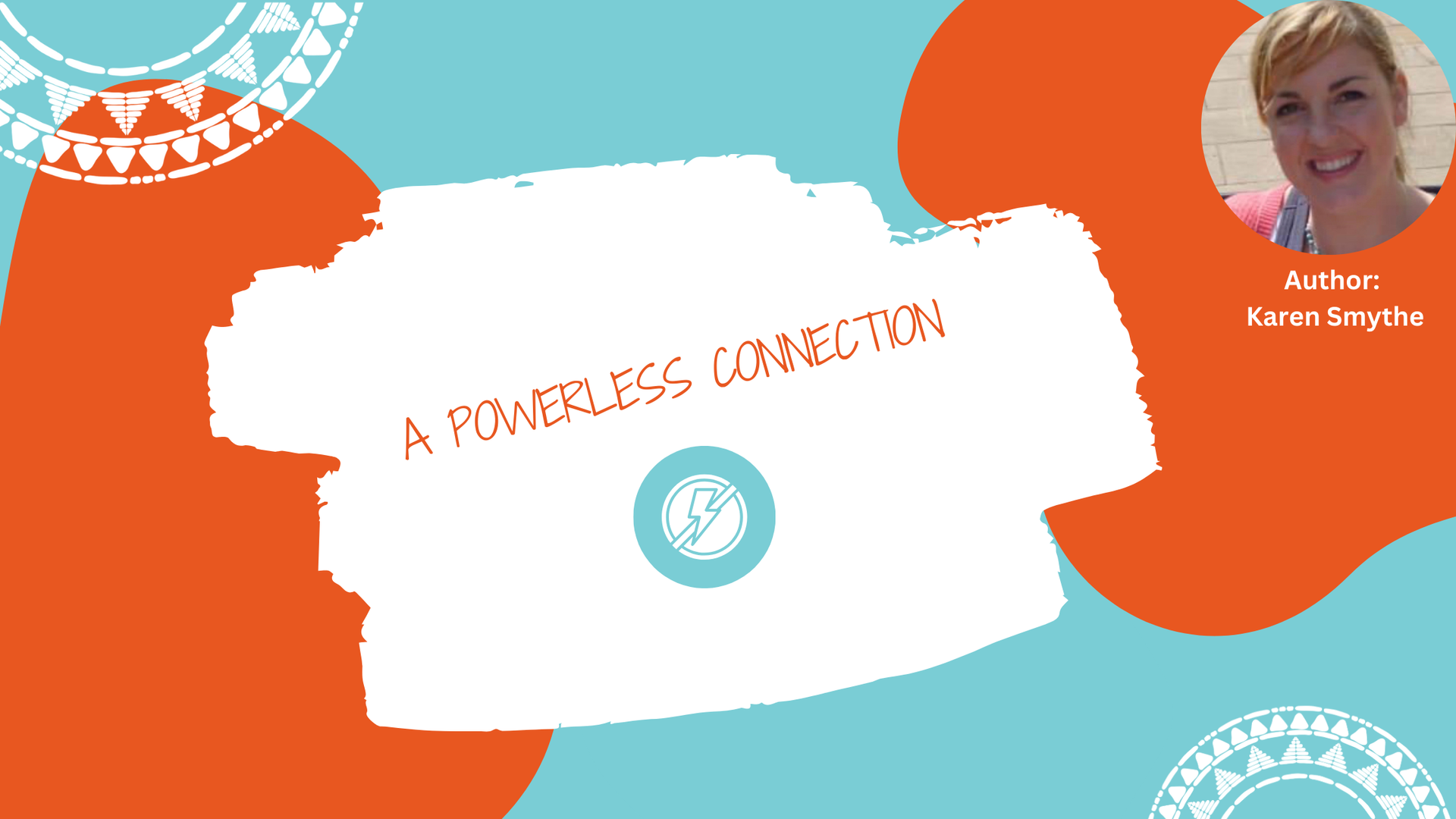Connect RP Founding Principle 3 – We are Interconnected - (*THEO Circles – *Teachers Helping Each Other)
UBUNTU – I am because we are, and we are because I am…
From the 'I' to 'We'
UBUNTU is a South African word relating to our interconnectedness, our shared humanity – I am because you are! I chose this word to describe our online learning platform as I wanted everything that I offered and represented to honour this understanding; the roots and ancient wisdom of the philosophy Restorative Practice is rooted in.
Our schools and communities need to abandon the ethos of hyper-individualism, abandoning the “I” way of thinking for more “we” in our thinking. In African wisdom, this is named Ubuntu. It means that “I am because we are, and we are because I am” (Davis 2019, p.17).
I love this reminder from Davis to focus and honour the ‘we’, to see ourselves in one another.
A huge enabler of developing a holistic restorative model is when we live and practice RP amongst us all as a community, developing whole-school preferred practices that model RP, that offer relational experiences that lean into the ‘we’ paradigm.
I am often asked about how to get ‘buy-in’ from staff that are not aligned with the restorative approach. RP needs to be implemented in a restorative way of course, moving away from ‘buy-in’ and towards invitations to engage and reflect. I propose that offering relational experiences to staff is the most powerful way, in my experience, to encourage capacity and commitment amongst a staff.
Reflection 1 - THEO Circles (*Teachers (*SNAs) Helping Each Other)
I have so many examples, stories and teachable moments from circles that I have had the opportunity to be part of. Sometimes in schools, we can tend to associate and limit circle process to when we work with our students, and indeed I offer many opportunities for learning and scaffold this in our RP for Students curriculum programmes. But my very first experience of RP was sitting in a staff circle with colleagues – laughing and tapping into all of the collective wisdom, and we loved it!
It was the start of my own formal RP journey. When I reflected upon what I could offer schools here as an introduction to the power of staff circles, I remembered a very impactful circle that I had the chance to facilitate during a Croke Park hour. This involved a community of teachers, all of whom taught this one particular class that had received the reputation as perhaps the most ‘difficult’ one in our school to teach at that time. We know that effective teaching and learning is built upon relationships and this class seemed to have a very negative dynamic amongst themselves which was causing huge challenges for us all as teachers. There was much discourse around such challenges but this usually orientated around the blame of two students in particular, both of whom had complicated unmet needs and were no doubt struggling themselves. Our response was understandable but un-adaptative and kept us locked into a feeling of frustration for everyone, including many of the students in the class that were continuously impacted by this cycle of negativity.
We decided to try something different as a group. Circles with students had been gaining some traction and our RP team felt it may be a good idea to invite the teachers of this class together to try a problem-solving, solution-focussed circle. I remember being very nervous about this, even inviting the teachers, worried about their reluctance/perception, worried that it was my responsibility as the facilitator for it to go well. Of course, this is never the case, as a circle keeper we simply invite the group to gather and share the responsibility of the space we create.
When we gathered, we focussed on us as a community, we acknowledged the harm and how difficult we were finding it. We reflected on how we could support one another and shared anything that had gone well with this class, tapping into our collective wisdom. We considered what the unmet needs of the group may be and identified targets that moved beyond the focus on one or two students that seemed to dominate all discourse and instead expanded our reflections on the community. It went so well, teachers seemed to genuinely enjoy the relational space and the solution-focussed lens, even ones that were more aligned with a punitive than restorative approach seemed to appreciate the restorative experience we co-created.
I genuinely think we felt empowered by the process that day –accessing our agency which made a change from endlessly giving out about the class. Noticing the shift in dynamic as a community of teachers taught me the important of braving new spaces, not waiting until we are ‘bulletproof or perfect’ at things to give them a go. I first heard the term THEO (Teachers Helping Each Other) from one of my Connect RP schools, Kingswood CC, so I have gratefully adopted the term here to describe such a circle and created this month’s Connect RP Head-Heart-Hand gift to outline a model to give a THEO circle a try :-)! Access it here.
Reflection 2 – Nothing for us without us..
We had the follow-on opportunity to practise another guiding principle, ‘Nothing for us, without us’ following our staff circle. One of our identified targets was to facilitate low-risk community-building circles with this class (to fulfil the identified need for connection and belonging) and a listening circle with the class (to fulfil the need for a listening ear / empathy/ agency). We aimed to acknowledge the harm the group was experiencing, seek to identify the needs of the community from their perspective and share the voice within the class. In my experience this can be such a wonderful agent of change and a way to authentically share the power as a group, moving beyond the focus on the (‘often perceived as problematic’) individual and towards the WE – seeing ourselves in one another, identifying feelings and needs under behaviour, and celebrating our interconnectedness!
There were no magic wands or quick fixes that day but there were shifts in perception, people were heard and the power dynamic, the ability to affect change was more in balance. We created a target based on our identified needs, on what we could influence individually and as a community and checked in about this regularly as the days/weeks unfolded. Kay Pranis offered a wonderful keynote on individual and collective accountability at our Connect RP 2022 e-conference and you can read her profound article here.
This was not our only circle, it is not a one and done thing, but as a group we began to work together and mind one another to enable effective teaching and learning to take place. One concern often expressed is where is the time for this? In my experience, either we…

Reflection 3 – Connect RP’s ‘We’/’Circle’ Implementation Model
The partnerships of the Connect RP implementation model seek to bring this to life. The internal UBUNTU teams and our Bee RP Hive (guided Professional Learning Community) as unpacked and outlined in a previous blog that you can access here; the connection of the UBUNTU team leaders in each monthly gatherings where schools join together to co-learn and co-mentor are powerful ways to bring forth our interconnectedness, implementing RP in community!
The shift from ‘I’ to ‘We’ is scaffolded further for those of you who are exploring year two of your whole school journey via our Connect RP Site Licence as the focus moved from growing our capacities of becoming a restorative practitioner to becoming a restorative facilitator through developing our Circles, structured via our RP for Students curriculum programmes and Lead Facilitator Training Days.
You can watch our Connect RP schools sharing their experience of their RP journey on our website here.




